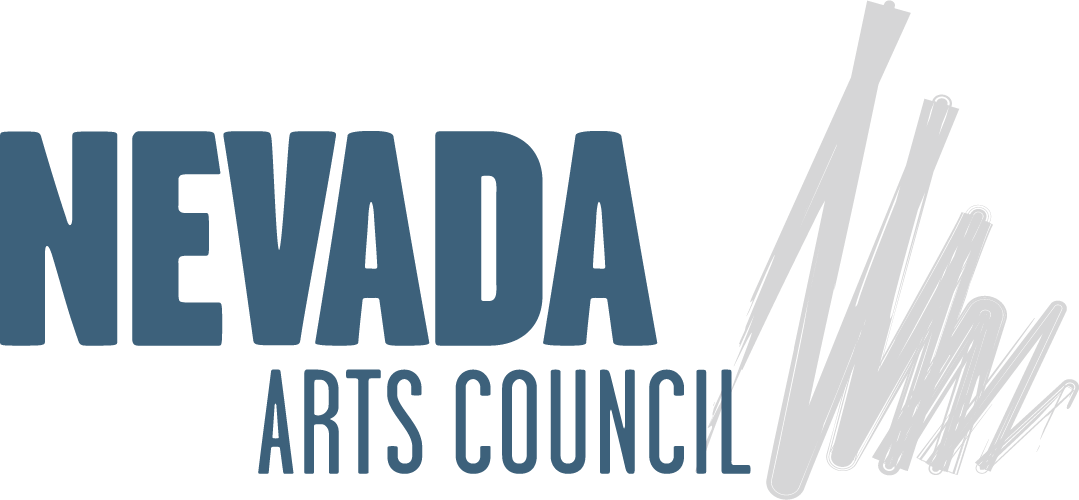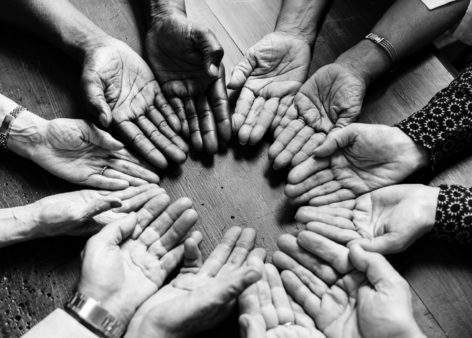IDEA
The Nevada Arts Council is committed to improve inclusion, diversity, equity, and accessibility through our program areas. We understand that the Nevada Arts Council plays a critical role in advancing diversity, equity and inclusion in and through the arts. We know we have to constantly challenge ourselves to reduce barriers and bias, making the arts central to the well-being and prosperity of all communities across Nevada. We are committed to advance inclusion, diversity, equity, and accessibility through our actions.
Following is information and resources from the National Assembly of State Arts Agencies Inclusive Language Guide.
Words carry meaning and power. The ways in which we refer to individuals and groups of people can be evidence of respect—or they can convey disregard or scorn. Historic and systemic injustice toward some groups has created bias and prejudice that seeps into everyday language. Because language use is deeply ingrained, mirroring patterns and cultural norms learned from infancy, we may not always be conscious of the harm our words can inflict, especially if we belong to a group holding power.
Acknowledging this bias can bring to light inequities in our actions and our language. Changing our words can help to change our and others’ attitudes and reinforce respectful, inclusive behaviors that value a variety of points of view. The words we choose can help us and those who read or hear them to create a culture of equity for all people.
As part of state government, state arts agencies can be standard bearers of inclusive language. As supporters of the arts and culture community, state arts agencies can help to ensure—in language as well as action—that all populations have access to the arts and to public resources allocated for the arts, as well as to the benefits of public investment in the arts.
This curated list of inclusive-language resources offers state arts agencies guidance on:
- choosing language that includes rather than excludes;
- choosing language that acknowledges, accepts and celebrates differences;
- choosing language that is welcoming to everyone.
Using inclusive language reminds us that the feelings and experiences generated by the arts unite us all.
Guiding Principles for Using Inclusive Language
General Resources
Race and Ethnicity
Ability
Age
Gender and Sexual Orientation
Socioeconomic Status
Framing for Change
GUIDING PRINCIPLES FOR USING INCLUSIVE LANGUAGE
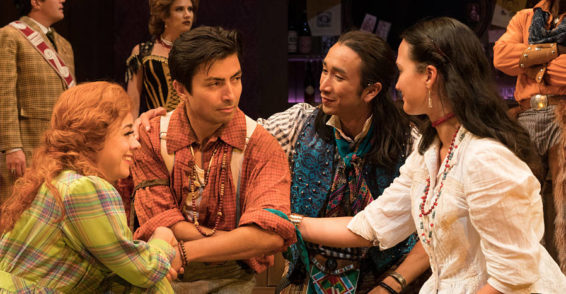
- Know which populations within your audience have fewer advantages, are marginalized and/or are objects of bias.
- Be sure your messages do not exclude—or appear to exclude—any groups.
- Use respectful language that acknowledges people’s humanity.
- Try to use language preferred by the group (for example, people with disabilities; Deaf person).
- There may not be universal consensus around terminology. (For instance, some indigenous American groups use the term Native American while others prefer American Indian or First Nation.) Learn how distinct groups in your state prefer to self-identify.
- Describe a person or group at the appropriate level of specificity. To avoid objectification, identify a group or an individual as a member of a group only when it is relevant to your message.
- Use adjectival forms (e.g., older adults) or nouns with descriptive phrases (e.g., individuals living in poverty) rather than labels (the elderly, the poor).
- Like our society, language is always evolving. Seek continual learning about the meaning of words and how groups self-identify.
GENERAL RESOURCES

Conscious Style Guide
Conscious Style Guide
Articles and resources on ability, age, appearance, ethnicity and race, gender and sexuality, socioeconomic status, and more
The Diversity Style Guide
The Diversity Style Guide
More than 700 terms related to race, ability, age, sexuality and more
American Psychological Association
General Principles for Reducing Bias
Principles for writing about people without bias
Walden University Writing Center
Avoiding Bias
Areas for consideration include generalization, evidence, self-awareness, objectivity and sensitivity
National Assembly of State Arts Agencies
Diversity, Equity and Inclusion
RACE AND ETHNICITY
In its most recent Implicit Bias Review, Ohio State University’s Kirwan Institute for the Study of Race and Ethnicity defines implicit bias this way:
The attitudes or stereotypes that affect our understanding, actions, and decisions in an unconscious manner. Activated involuntarily, without awareness or intentional control. Can be either positive or negative. Everyone is susceptible.
Because of the pervasiveness of implicit bias—particularly around race and ethnic identity—state arts agencies should be keenly aware of how their language regards, includes and characterizes people of differing backgrounds.

Conscious Style Guide
Ethnicity, Race + Nationality
Articles and resources
American Psychological Association
APA Style: Racial and Ethnic Identity
Spelling, capitalization, hyphenation, terms for specific groups and examples of bias-free language
Racial Equity Tools
Racial Equity Tools Glossary
Terminology’s historical origins and systems
Living Justice Press
Convention Style Sheet for Native Subject-Matters
Terms and concepts that counter marginalization of Native Peoples
Race Forward
Race Reporting Guide
Guidelines for media coverage of key issues with a racial lens; includes key terms/concepts
ABILITY
Physical and mental abilities are not determinants of a person’s value. These resources illustrate that the way we speak about ability can foster understanding and inclusion.
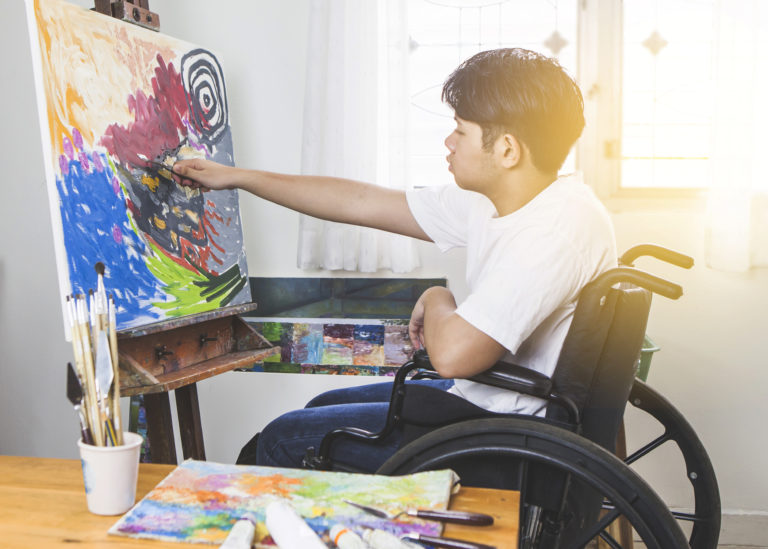
Conscious Style Guide
Ability + Disability
Articles and resources
National Center on Disability and Journalism
Disability Language Style Guide
Principles and almost 200 words and terms commonly used when referring to disability
American Psychological Association
APA Style: Disability
Principles (person-first and identity-first language, negative/condescending terminology) and examples of bias-fee language
Center for Disability Rights
Disability Writing & Journalism Guidelines
Guidelines on disability culture, avoiding stereotypes, terms to use/avoid
AGE
Ageism—the promulgation of a stereotype on the basis of age—is widespread, whether it’s sidelong glances at the expense of “millennials” or jokes about having “old-timer’s disease.” We acknowledge the dignity of people at all stages of life when we choose respectful language.
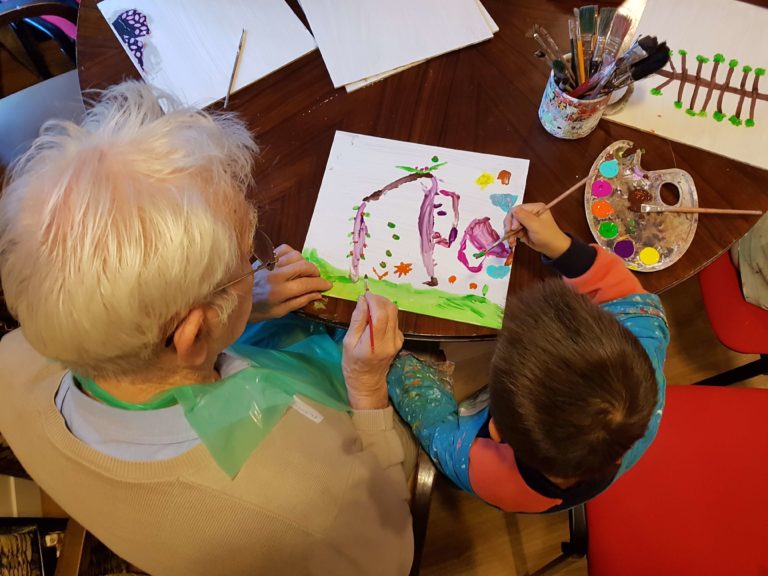
Conscious Style Guide
Age
Articles and resources
Silver Century Foundation
How to Challenge Ageist Language
Why some terms are considered ageist
Conscious Style Guide
Young People and Ageist Language
Stereotyped language referring to younger people, and ways to counter it
The Atlantic
When Does Someone Become “Old”?
Terms to use and avoid when referring to older adults
Geriatric Physical Therapy
Use of the Term “Elderly”
Why this term is considered ageist
GENDER AND SEXUAL ORIENTATION
When our language is accepting of a variety of forms of sexual expression and gender identity, we let people know all are welcome and we benefit from their perspectives.
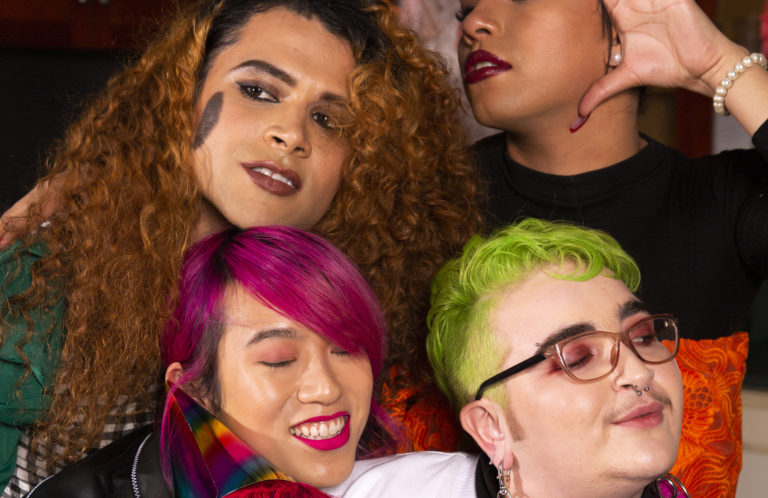
Conscious Style Guide
Gender, Sex + Sexuality
Articles and resources
American Psychological Association
APA Style: Gender
Gender vs. sex, gender identity, noun and pronoun usage, and more
APA Style: Sexual Orientation
Descriptive terms, pejorative terms
American Philosophical Association
Guidelines for Non-Sexist Use of Language
Use of man and he, sexual stereotyping, guidelines and examples
Odyssey
7 Ways to Make Your Language More Transgender and Nonbinary Inclusive
Simple suggestions for more inclusive references to gender
GLAAD
Media Reference Guide
Glossary of terms, special topics
Movement Advancement Project
An Ally’s Guide to Terminology
Essential vocabulary to use and avoid, with examples
SOCIOECONOMIC STATUS
State arts agencies serve constituents at all levels of education, income and class. It is important that our language make every resident feel included.

Conscious Style Guide
Socioeconomic Status
Articles and resources
American Psychological Association
APA Style: Socioeconomic Status
Pejorative terms, examples of bias-free language
Conscious Style Guide
The False Divide Between “Well Educated” and “Less Educated”
Vague terms that stem from assumptions and bias
KCRW
Rethinking the Language around Homelessness
How to put the person first, rather than the condition
FRAMING FOR CHANGE
This Inclusive Language Guide focuses on terminology that avoids bias and conveys respect. But language use occurs within larger societal frames that shape how issues are understood and embraced. For ideas on how to craft messages and shape communications that advance your agency’s equity objectives, draw ideas from these resources.
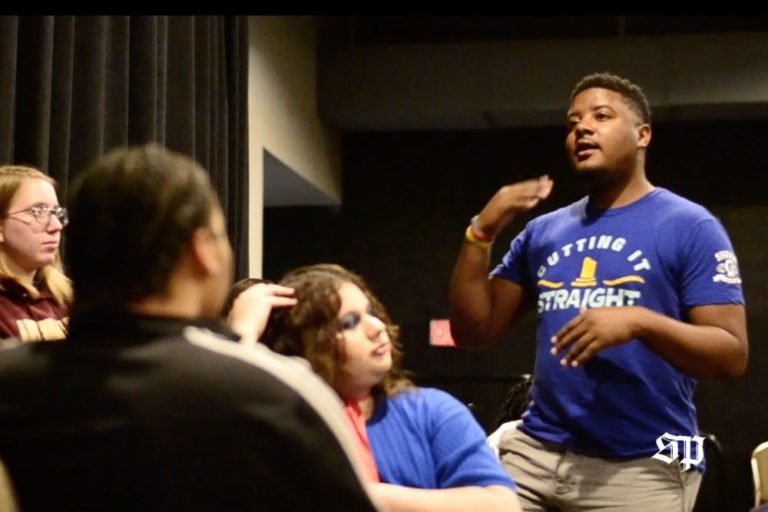
Grantmakers in Aging
ReFraming Aging
Movement Advancement Project
The Art and Science of Framing an Issue
Center for Social Inclusion
Talking about Race Toolkit
Reclaiming Native Truth
Changing the Narrative about Native Americans
Welcoming America
America Needs All of Us: A Toolkit for Talking about Bias, Race, and Change
Racial Equity Tools
Framing and Messaging
Frameworks Institute
Building a New Narrative on Human Services: A Communications Toolkit
For questions about NASAA’s Inclusive Language Guide, contact NASAA Communications Manager Sue Struve.
